

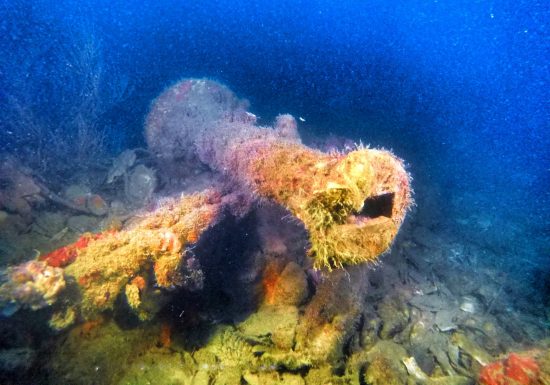
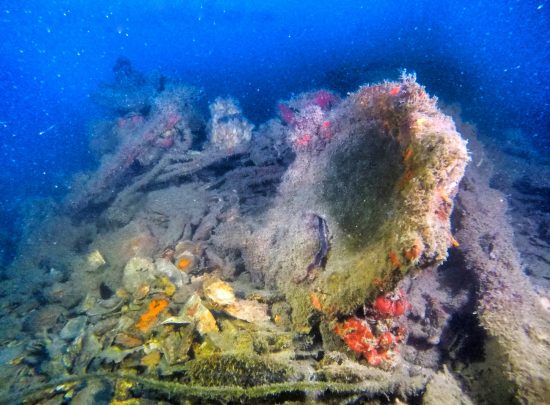
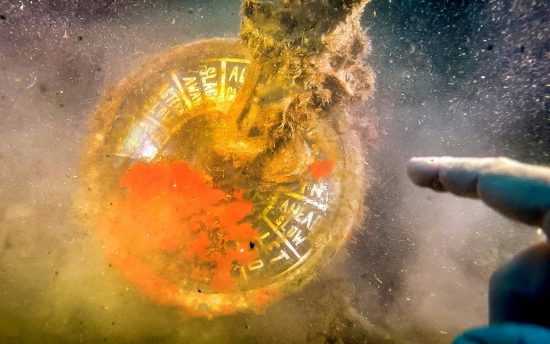
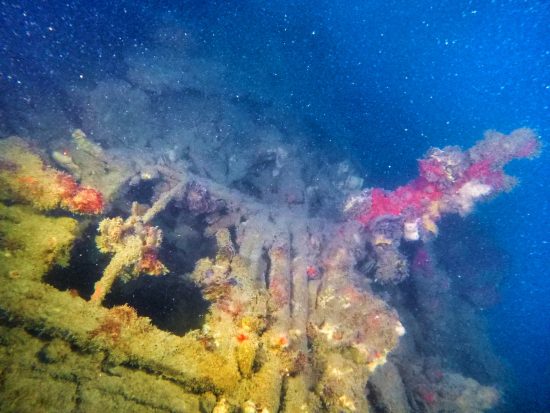
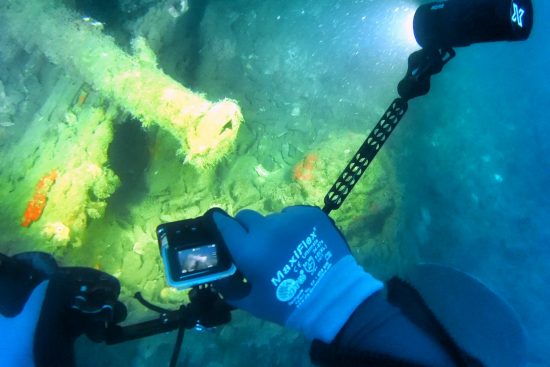
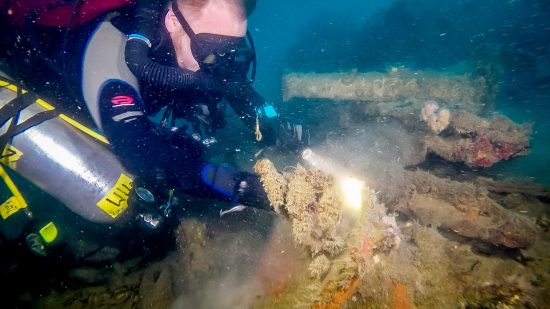
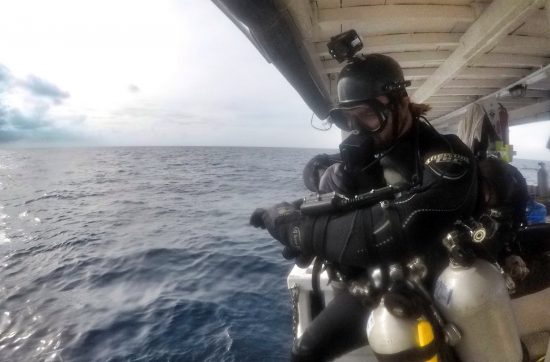
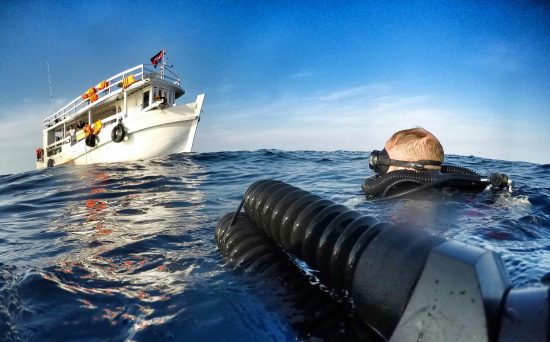
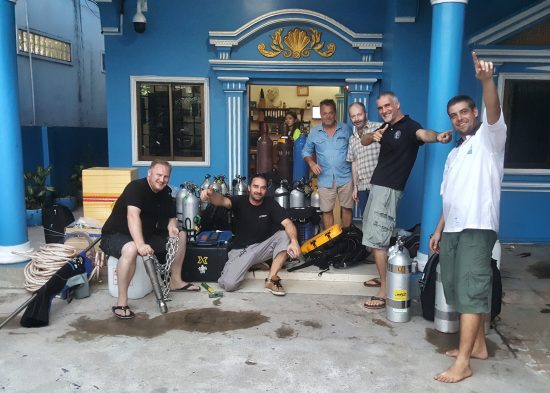
Wreck Discovery in the Gulf of Thailand
There was little to forewarn the fate that would strike the lone cargo
ship on the pre-dawn morning on 12 June 1942, as it sailed at a
leisurely 9 knots in the Gulf of Thailand. Most of the crew had retired
to their quarters, and the night appeared to hold promise of being yet
an uneventful one for the Burma Maru.
Only, it was not meant to be.
The USS Swordfish, a US Navy submarine, had the Burma Maru in its
sights. On board, Lietuanent Commander Chester Carl Smith eyed it on
the console, awaiting the perfect moment to make his move. The first
two torpedos had missed the vessel, which appeared not to even have
noticed them.
At 4.34am, once the commander saw an opportunity, he immediately gave the order to strike.
In the explosions and chaos that resulted, the 117m Burma Maru and its
entire crew perished, swallowed by the angry waves of the ocean. The
seas had claimed yet another victim.
Fast forward to the year 2017...
In February, a team of divers and videographers made their way to their
dive boat, equipment in tow. They were from diverse backgrounds, but
were united in a singular quest – to locate the wreck of the Burma Maru
and tell its story to the world.
Led by Dennis Funke from The Dive Shop Cambodia, the team comprised Tim
Lawrence and Leon Webber from Davy Jones Tech, and Oliver Zaiser, Mikko
Paasi and Ivan Karadzic from Koh Tao Tech Divers.
Funke had done extensive research on the backgrounds of US Navy ships
in the World War Two era and made inquiries with the local fishermen to
find out where their nets had hit snags underwater. His investigations
led him to the USS Swordfish and subsequently the Burma Maru.
“Basically, in the war reports, there’s only one very interesting shipwreck and that’s the one we found,” he said.
That evening, they set off on their mission, heading southwest.
Forty-eight hours into the trip, they reached their destination. Since
the boat was not equipped with a sounder, the team improvised by
putting the transducer on a metal stick and securing it to the side.
Within 15 minutes, a large return on the device told everyone that they
had hit pay dirt.
It was time to start diving!
Beneath the waves, the conditions were not as calm as they were at the
surface. Two by two, the divers descended and got their first look at
the wreck, which lay at 60 metres' depth. On the dives on the first
day, the team came across an old porthole, a telegraph, an eight-metre
brass propeller.
Hopes ran high that this wreck was indeed the Burma Maru, and this
proved to be the general consensus after the team viewed the video
footage taken by Paasi.
Not too bad for a day's worth of diving.
The following day, they anchored 200 metres off the wreck's leeward
side. The forecast was positive and the morning broke in a gentle
swell.
The current racing as the teams entered the water. At the bottom,
visibility fell to 10 metres. The divers discovered that the bridge had
collapsed in on itself and nature was steadily overrunning the ship.
Towards the bow, there was damage on the port side, as the twisted
metal vanished and blended into the distant sediment. Due to the
limited time, the divers could not investigate farther. Well, at least
not on this particular expedition.
Needless to say, the team is already planning their next expedition to the wreck.
A very special thank you goes to Dive Shop Cambodia which provided the team with all gases for the "Burma Maru" Expedition!
youTube Video Burma Maru Expedition.
 Herbert
Herbert 6th April 2017
6th April 2017
